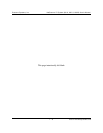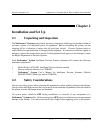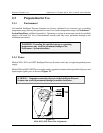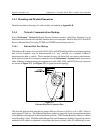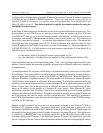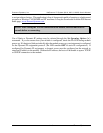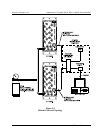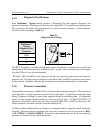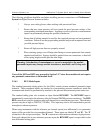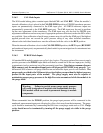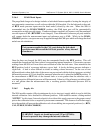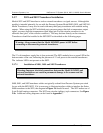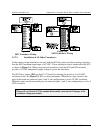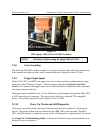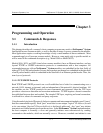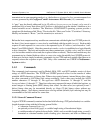
Pressure Systems, Inc. NetScanner™ System (9016, 9021, & 9022) User’s Manual
www.PressureSystems.com
2 - 8
The following guidelines should be used when installing pressure connections to all NetScanner
™
System Intelligent Pressure Scanner modules.
! Always wear safety glasses when working with pressurized lines.
! Ensure that user input pressure will not exceed the proof pressure ratings of the
corresponding instrument transducer. Applying excessive pressure to measurement
inputs can permanently damage the pressure transducers.
! Ensure that all tubing material is rated for the expected pressure and environmental
conditions. Failure to use the proper tubing material may result in ruptured lines and
possible personal injury.
! Ensure all high pressure lines are properly secured.
! Place retaining springs over all bulge tube fittings to ensure pneumatic lines remain
attached and leak free. Springs should be pushed down on connections so that half
of the spring length extends past the tube bulge.
Users of the 9021 and 9022 may proceed to Section 2.3.7 since these modules do not require
any pneumatic connections to the module itself.
2.3.6.1 RUN Mode Inputs
The standard pneumatic tubing plates (for the 9016) contain sixteen numbered pneumatic input
channels. These numbered inputs are attached to corresponding pressure transducers inside the
instrument and should be pneumatically attached to the pressure measurement points under test.
The standard tubing plate also contains an input labeled RUN REF. The RUN REF input is
pneumatically connected to the reference side of all internal DH200 pressure transducers. The RUN
REF connection is used for situations where all channels have one reference pressure. The reference
pressure may be as high as 250 PSI (1720 kPa). This input may also be left unattached to provide
atmospheric reference pressure.
When using instruments with the reference per channel option (true differential), two pneumatic
inputs will be provided for every numbered channel. These inputs are labeled ‘P’ and ‘R’. The ‘P’
connection is the test pressure input. The ‘R’ connection is the transducer reference input pressure.
Since each channel has its own reference pressure input, the RUN REF input is not provided on the
true differential tubing plate.
Warning: Introduction of contaminants or corrosive materials to the module
pneumatic inputs may damage module transducers, manifolds, and O-ring seals.



